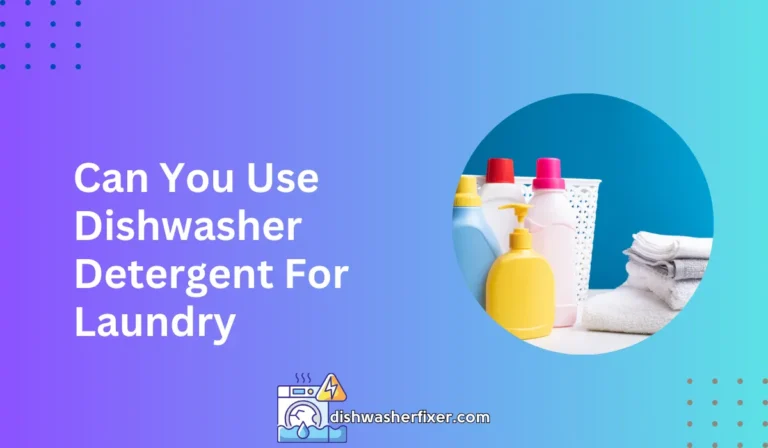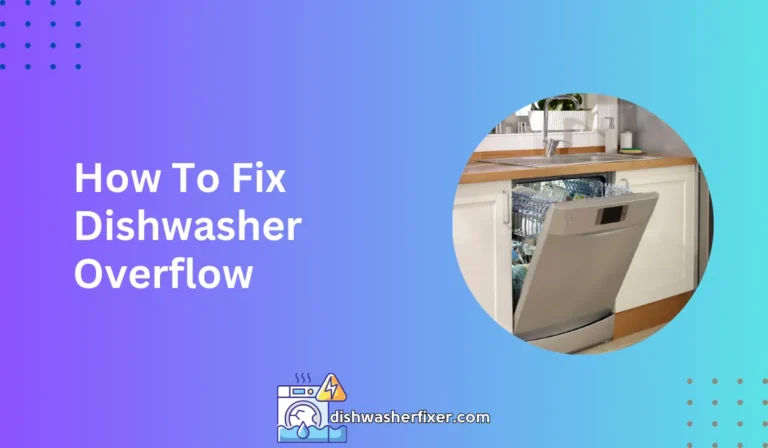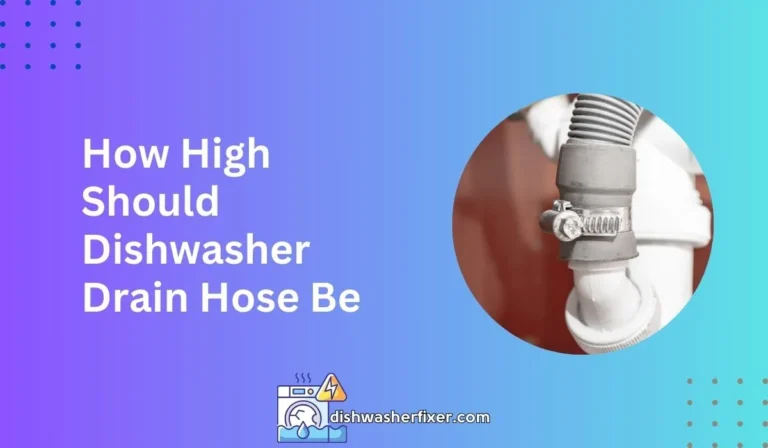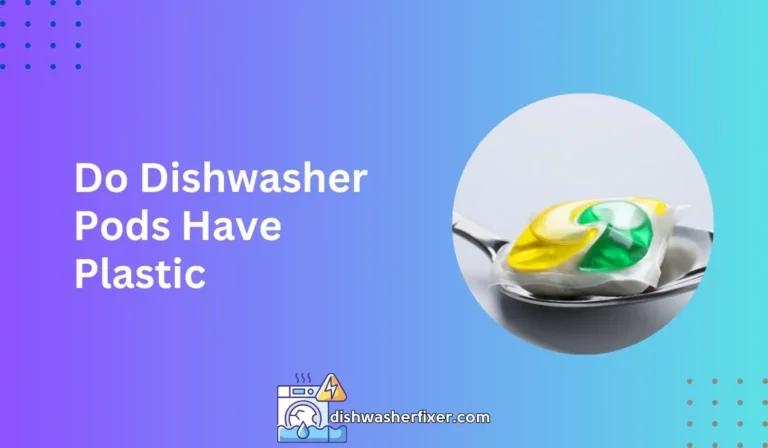How to Remove Dishwasher Plug from Garbage Disposal?
To remove the dishwasher plug from a garbage disposal, first disconnect power. Use a screwdriver to push the plug into the disposal. Retrieve the dislodged plug from the disposal’s interior. Reconnect power after ensuring the plug is fully removed.
Step-by-Step Guide to Removing Dishwasher Plug from Garbage Disposal
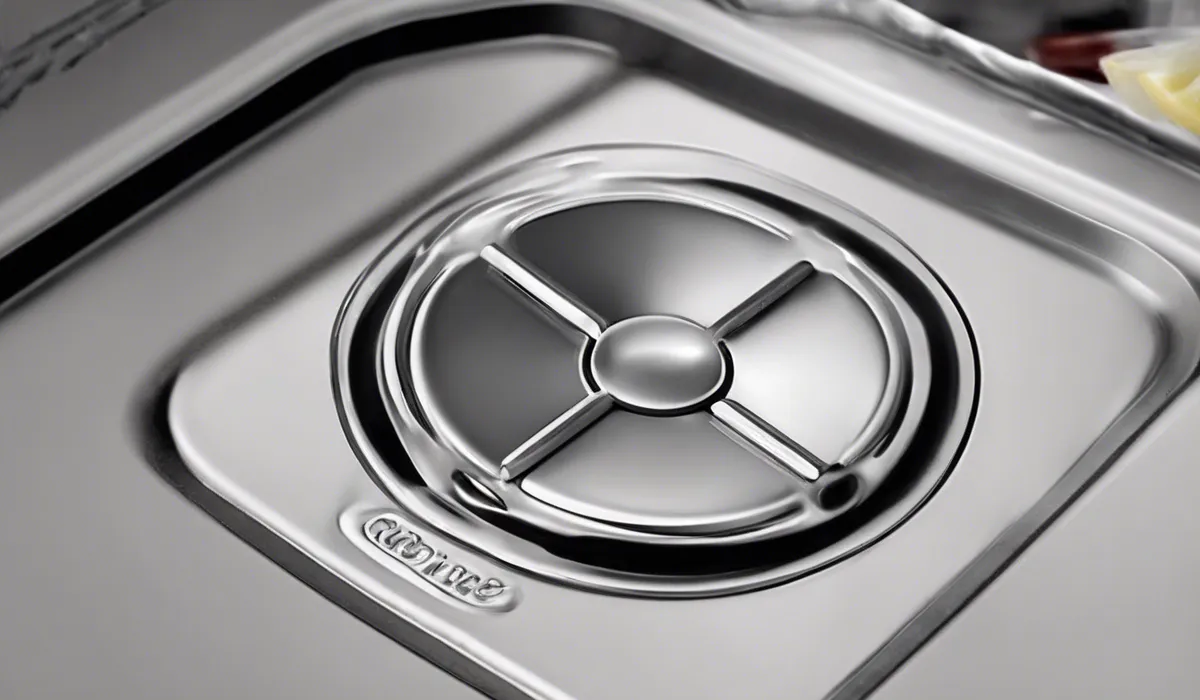
Preparation: Disconnecting the Power
Before you begin the task of removing the dishwasher plug from your garbage disposal, it is crucial to ensure your safety by disconnecting the power supply to the unit.
This can typically be done by unplugging the disposal under the sink or by turning off the circuit breaker that powers the kitchen.
This step prevents any accidental activation of the disposal while you’re working, safeguarding you from potential injury.
Identifying the Dishwasher Inlet
The next step is to locate the dishwasher inlet on the side of the garbage disposal unit. This is where the dishwasher hose would be connected and is often marked clearly. If you are unsure, refer to the user manual for your specific disposal model.
Gathering the Necessary Tools
With the power safely disconnected, gather the tools you’ll need for the job: a screwdriver, a hammer, and needle-nose pliers.
These tools will assist you in removing the knockout plug effectively. Make sure you have these tools on hand before proceeding to the next steps.
Executing the Plug Removal
Using the screwdriver and hammer, you’ll need to punch out the knockout plug located inside the dishwasher inlet.
Place the tip of the screwdriver on the plug and gently tap it with the hammer until the plug pops into the disposal.
After knocking the plug inside, reach into the disposal through the top and use the needle-nose pliers to pull out the dislodged plug. Ensure that the plug is entirely removed to avoid any blockage.
Verifying the Removal and Checking for Leaks
Once you’ve removed the knockout plug, it’s important to check for any potential leaks.
Reconnect the power temporarily and run water through the disposal, observing if there are any water leaks from the dishwasher inlet.
If you detect a leak, you may need to re-tighten the connections or apply plumber’s putty for a secure seal. Always ensure the power is turned off again before doing any additional work.
Safety Tips and Precautions

Understanding the Importance of Power Disconnection
It cannot be overstressed that disconnecting the power supply to your disposal unit is the first and most important safety step. This prevents any accidental activation that could lead to serious injury.
Selecting the Right Tools for the Job
Using the correct tools is essential for the safe and efficient removal of the dishwasher plug. This not only makes the task easier but also helps prevent damage to the disposal unit and potential injury to yourself.
Personal Protective Equipment (PPE)
Wearing safety gear such as gloves and goggles during the removal process protects your hands from sharp edges and your eyes from any debris that could be dislodged during the process.
Avoiding Damage to the Disposal Unit
Be gentle when tapping the knockout plug into the disposal. Excessive force can damage the disposal unit. If you are hesitant or unsure of your ability to perform this task, it may be best to seek professional help to avoid costly mistakes.
Troubleshooting Common Issues

Handling a Stubborn Plug
If the dishwasher plug does not come out easily after a few gentle taps with the screwdriver and hammer, do not force it.
Instead, try varying the angle of the screwdriver or applying a penetrating oil to help loosen the plug. Patience is key here to prevent damage.
Ensuring Proper Drainage Post-Removal
After you remove the plug, make sure the dishwasher drains properly. Run the dishwasher and check the connection to the disposal for any backups or slow draining. If issues persist, there might be clogs further down the line that need to be addressed.
Addressing Potential Leaks
If you encounter leaks after removing the plug, ensure that the disposal’s hose clamp or other connections are secure. Applying plumber’s putty or Teflon tape can often resolve minor leaks.
Recognizing When to Call a Professional
If you’ve followed the steps above and still encounter issues, it may be time to call a professional plumber.
Persistent leaks, drainage problems, or if you’re uncomfortable performing the removal yourself, are all valid reasons to seek expert assistance.
Remember, it is better to incur the cost of a plumber than to risk damaging your disposal unit or your home’s plumbing system.
FAQs About Removing Dishwasher Plug from Garbage Disposal
How do I safely start the process of removing the dishwasher plug from my garbage disposal?
Before you begin, ensure safety by disconnecting the power to your garbage disposal unit to prevent accidents.
What tool do I need to remove the dishwasher plug from the garbage disposal?
You will need a screwdriver to push the plug through into the disposal.
How do I push out the dishwasher plug from the garbage disposal?
Use a screwdriver to apply pressure against the plug until it pops out into the disposal’s interior.
After removing the dishwasher plug, what should I do with the garbage disposal?
Retrieve the dislodged plug from inside the garbage disposal and ensure that it is completely removed before reconnecting the power.
Can I reconnect power to the garbage disposal immediately after removing the dishwasher plug?
Only reconnect the power after you have confirmed that the plug is fully removed and there are no obstructions in the disposal.
Final Thoughts
Removing a dishwasher plug from a garbage disposal is straightforward. Ensure safety by disconnecting power before starting.
A screwdriver is used to push the plug into the disposal, after which the plug can be retrieved from the interior. Once the plug is completely removed, power can be safely reconnected to the disposal unit.

